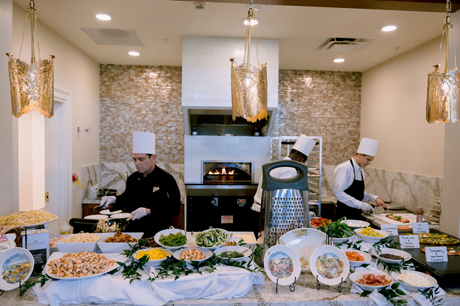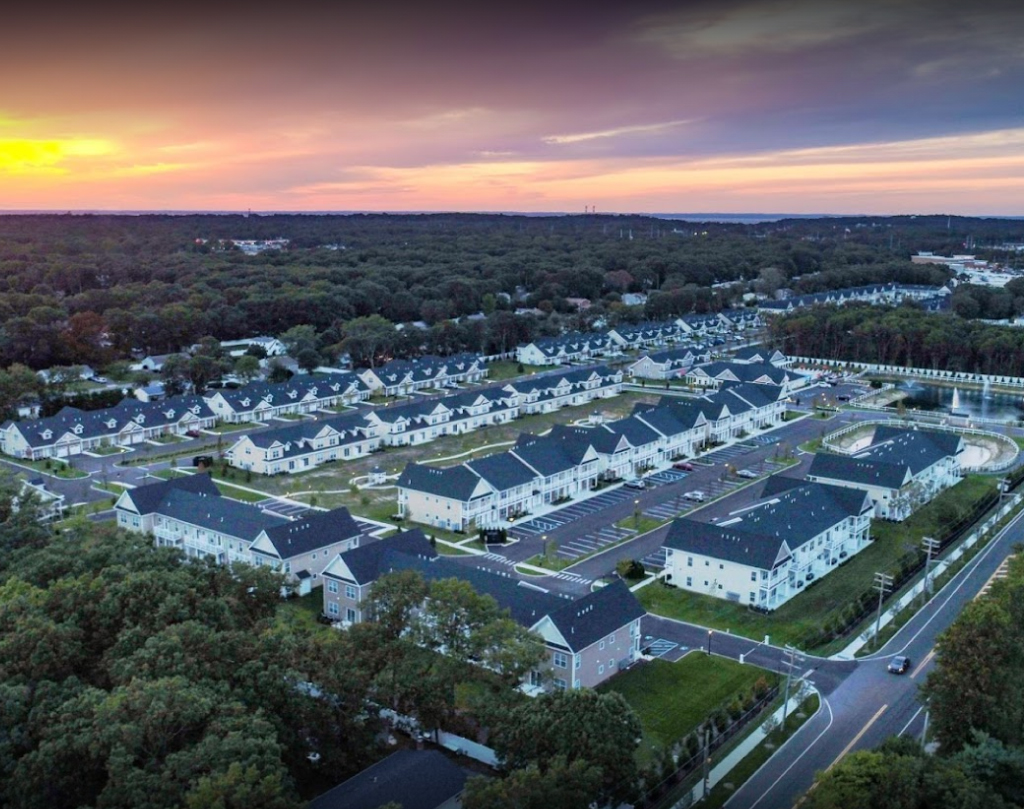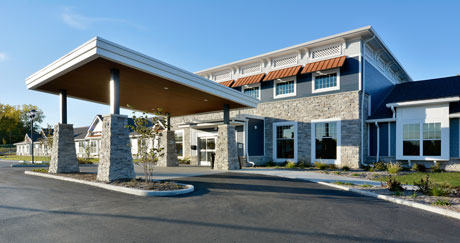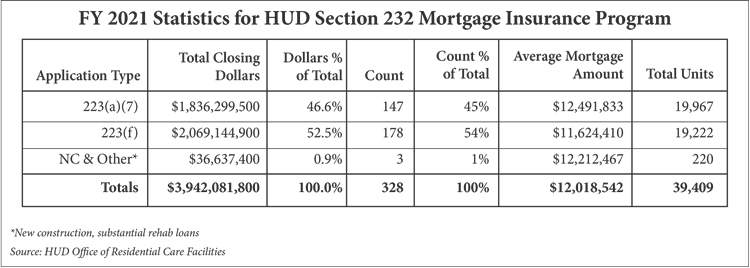Safety, luxury and socialization all take on new meanings as marketing and sales teams change their approaches from pre-pandemic times. By Jeff Shaw March 2020 represented an abrupt and dramatic shift in how seniors housing units were sold to prospective residents. As the first wave of the COVID-19 pandemic led to lockdowns across the country, suddenly operators had to shift from selling luxury and lifestyle to safety from a virus that was more likely to kill seniors than any other demographic. That is, if a community’s local governments allowed move-ins …
From The Magazine
Building ‘a Better Mousetrap’ By Jeff Shaw Elevate Senior Living is a company with one goal in mind: make seniors housing affordable for middle-class people. The introductory press release for the company — which also revealed the groundbreaking of its first project in Clearwater, Florida — said the target market is “the retired police officer, fireman, schoolteacher and everyday American.” Elevate plans to build 11 middle-market seniors housing communities over the next five years. Of course, the industry has grappled with this issue for years. In 2017, the National Investment …
After a major drop in seniors housing loan production in 2020 resulting from COVID-19, the agencies nearly hold the line in 2021. By Jeff Shaw After a significant decline in deal volume in 2020, both Freddie Mac and Fannie Mae saw only modest slips in their seniors housing production in 2021, a sign that the industry has stabilized. Freddie Mac’s annual lending volume in the seniors housing sector fell 45 percent year over year in 2020, dropping from $3.8 billion in 2019 to $2.1 billion in 2020, but fell just …
Some investor types have doubled down while others have fled seniors housing as the COVID-19 pandemic enters its third year. By Jeff Shaw COVID-19 has changed many investors’ approaches to the seniors housing sector. The pandemic caused a major shift in who’s buying and who’s selling. Some of the biggest buyers in 2019 were the biggest sellers in 2021. For example, institutional investors went from buying more than $2 billion in 2019 to selling more than $3 billion through the first three quarters of 2021. That’s according to Real Capital …
A variety of partnerships and lease structures present many options for landlords and tenants to both benefit. By Jeff Shaw In the retail real estate world, triple-net leases are king. Under this standard agreement, the tenant is responsible for all expenses — taxes, insurance, maintenance, utilities and rent to the owner. But seniors housing is a very different type of real estate. In retail, if a tenant fails, the owner simply finds a new one. For senior living, there’s a human element at play both for the employees and the …
By Matt Valley Time is running short for operators of underperforming properties trying to shake off the negative impact of COVID-19 on occupancy and revenue, said Chuck Hastings, vice president of finance and business development for Juniper Communities. “In 2022, lenders are going to want to see us all getting back to pre-pandemic levels [of performance]. So, as operators the pressure is on.” Bloomfield, New Jersey-based Juniper operates 28 senior living communities in four states: New Jersey, Pennsylvania, Texas and Colorado. Hastings, who knows firsthand that lenders are growing increasingly …
Architects adjust their designs for incoming baby boomers, better infection control. By Jeff Shaw Most often, when it comes to planning for the future of the seniors housing industry, it’s considered from the angle of operations — the adjustments that must be made in programming, amenities and sales strategies for the next generation of residents. But programming and amenities don’t occur in a vacuum. The location, design and overall physical plant of a seniors housing community all affect what activities can take place that would appeal to a modern senior. …
The pandemic has proven that scale matters as the big not-for-profit providers get bigger and follow through on expansion plans. By Jane Adler Like their for-profit counterparts, nonprofit senior living providers face many of the same pandemic-related market dynamics. Consolidation is accelerating amid losses at troubled properties. The labor shortage is a big challenge. Communities are slowly starting to recover as occupancies inch upward. And inexpensive capital is still available, at least for the big providers whose expansion plans are moving forward. “We’re growing,” says Terri Cunliffe, president and CEO …
Deal volume of nearly $4 billion in FY 2021 helped fill void during pandemic. By Matt Valley Amid an extremely challenging operating environment for the seniors housing industry and a difficult underwriting situation for lenders due to the pandemic, one source of debt financing has stood tall. Lenders in the U.S. Department of Housing and Urban Development’s Section 232 healthcare mortgage insurance program used to finance nursing homes, assisted living and board and care facilities closed $3.94 billion in loans in fiscal year (FY) 2021, which ended Sept. 30. Total …
Senior living communities grapple with a severe worker shortage, responding with innovative approaches and programs. By Jane Adler “Help Wanted!” “Now Hiring!” The urgent signs posted everywhere from grocery stores to job boards reveal the depth of the labor shortage gripping the country. Workers are scarce. But senior living and care is being especially hard hit. Long known for having a high turnover rate, the sector faces a number of new challenges. Workers in a healthcare-type setting are afraid of contracting COVID-19. The Delta variant of the virus has only …










